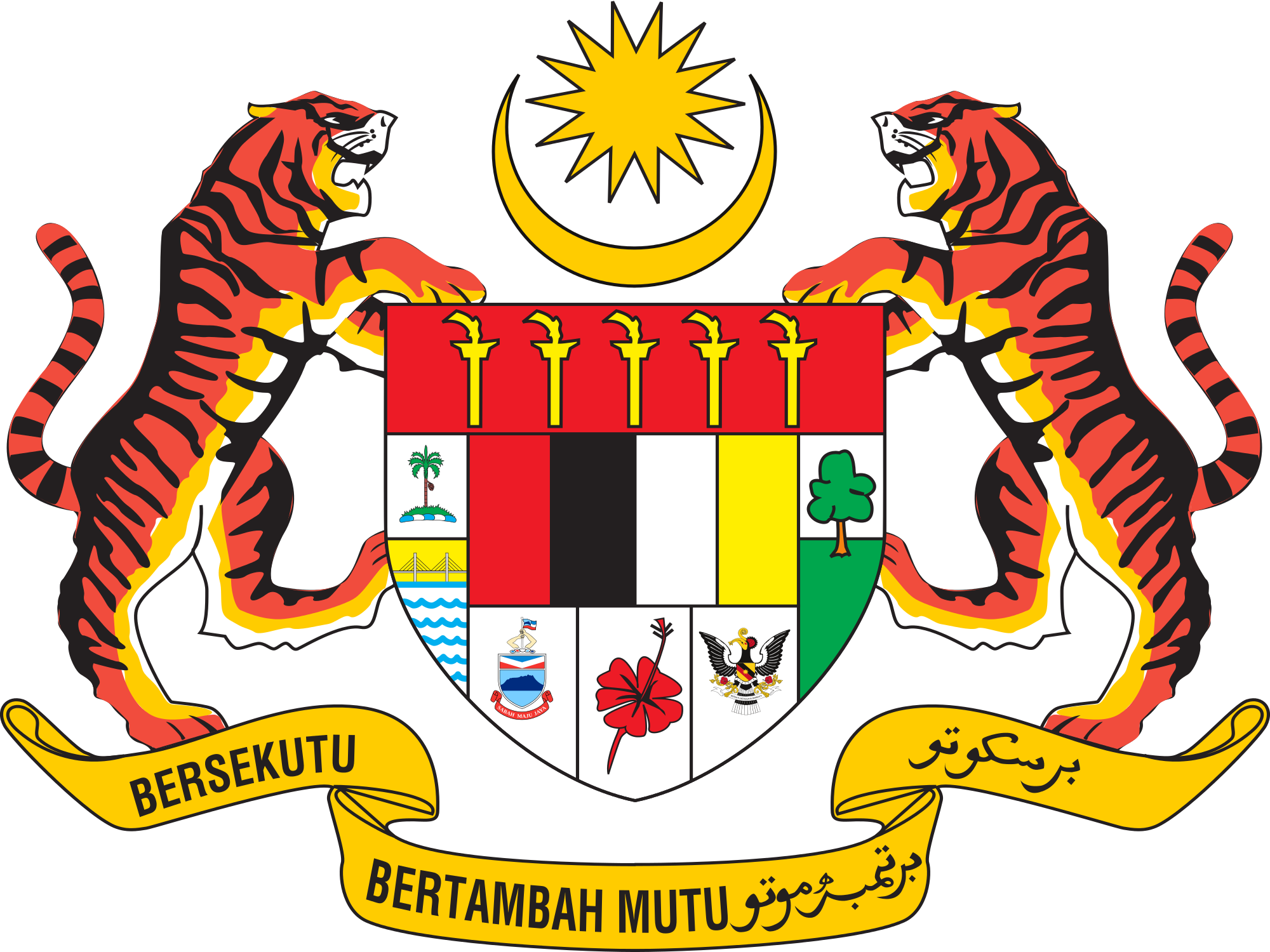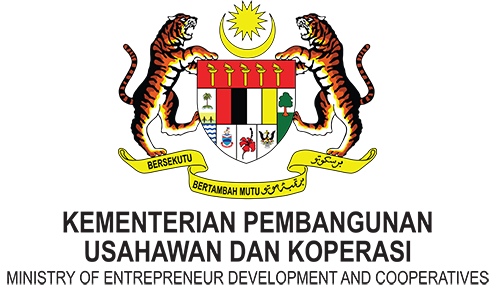Photo: Reuters
If 2015 was tough, business conditions this year may be even more challenging with the expected hike in minimum wages, electricity tariff and a further weakening of the ringgit. SMEs need to build up competencies and look at expanding their markets abroad.
The year 2015 was a tumultuous one for Malaysian SMEs, beset by several internal and external headwinds. The volatility will persist, and 2016 is going to be a very challenging year.
Rising prices and cost of living, as a result of the implementation of GST and imported inflation, have put the squeeze on Malaysians.
The purchasing power of consumers is going to shrink further, following further weakening of the ringgit and the introduction of subsidy rationalisation programme. The ringgit has depreciated by 24% against the US dollar in 2015, and it may further weaken to RM5 against the greenback.
The removal of the RM950mil cooking oil subsidy, the 33% cut of power tariff rebates for households in Peninsular Malaysia, and the increase in PLUS highway toll rates are going to hit Malaysians badly.
In addition, the fall in oil prices to a historical low point, of US$30 per barrel, will certainly limit government spending in the coming year. The Prime Minister has already announced that he will revise the 2016 budget in order to minimise the budget deficit.
In the past year, SMEs have witnessed a drop in turnover by 30% to 50% due to weakened domestic demand. This year, the anticipated decline in both private and public spending is going to paint a gloomy picture for 80% of SMEs, which rely solely on domestic demand.
Apart from decline in domestic demand, the SMEs community has been burdened with the rising costs of doing business. While businesses were assured that GST would not increase their costs, the impact has been substantial.
Additional costs were incurred in areas such as human resources and training, hardware and software, and additional business processes. Delays in refunding excess GST payment also resulted in cash-flow problems.
The proposed increase in minimum wage to RM1,000 for West Malaysia and RM920 for East Malaysia, set for July, is going to further reduce profit margins. The SMEs in manufacturing and agriculture will be greatly affected, as they rely heavily on unskilled labour.
Then there’s the rise in foreign worker levy, which is expected to increase the cost of hiring migrant workers by 20-30%. This might force some SMEs out of business.
In order to survive the challenges in 2016, and hopefully, to thrive in the coming years, SMEs should venture into regional and global markets. The realisation of the Asean Economic Community (AEC) may bring such opportunities. The AEC signifies a single market and production base with a population of over 600 million people and a combined gross domestic product of US$2.3tril.
It facilitates free flows of goods and services, investment and labour within the market. The huge market and the abundance of resources offered by the AEC will attract investment from multinational corporations and Asean’s own large indigenous enterprises.
As Malaysia domestic demand is shrinking, SMEs should now look outward for growth. We should explore new platforms to promote our products and services, as well as the opportunities to be integrated, in the regional or global value chains.
SMEs should also seize the opportunities offered by the Trans-Pacific Partnership Agreement (TPPA), which will materialise in 2018. The TPPA will open up access to a market of 800 million people, 40% of the world’s gross domestic product and a third of global trade. It is anticipated that the TPPA will stimulate exports in agriculture, wood, electrical and electronics, textile and garment industries.
Nevertheless, the AEC and TPPA also bring tremendous challenges.
By opening up market and allowing free flow of goods and services, investment, and labour, we will have to face competition from SMEs and large enterprises from outside. Hence, Malaysian SMEs have to be equipped with the relevant competencies and sufficient resources to stay ahead.
This would require capability- and capacity-building, technology upgrade and innovation.
The reality is that the majority of Malaysian SMEs have been in the comfort zone for too long and are not ready to compete internationally. In terms of productivity, Malaysia is lowly placed with a ratio of 4:1 and 7:1 compared to Singapore and the US respectively. Our SMEs also lack export capability, contributing only 19% of Malaysian exports.
They also suffer from low technology adoption with only 27% using ICT in their business operation.
Hence SMEs must make use of the resources and mechanisms provided under AEC and TPPA, which aim to help them to gain from the market integration and free trade. A SME Working Group has been set up under AEC framework to draw policies and programmes that enhance competitiveness. Under the TPPA, a SME Committee will be set up to explore ways to assist SMEs by enhancing benefits, providing capacity-building through export counseling, assistance and training programmes, and information sharing.
The SME Association of Malaysia will work with the Ministry of International Trade and Industry, the Malaysia Investment Development Authority, and SME Corp to provide educational and capacity-building programmes for SMEs. We hope Malaysia SMEs will take a proactive approach and make good use of the resources and programmes to prepare themselves for the challenges.
www.thestar.com.my























